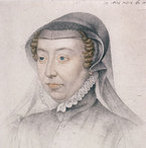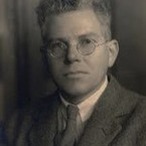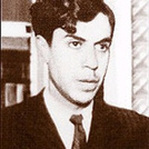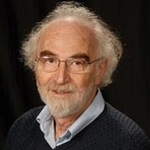|
After his acclaimed Arias for Caffarelli, Argentinian Countertenor Franco Fagioli turns his attention from pupil to master in his latest album, Porpora il Maestro. 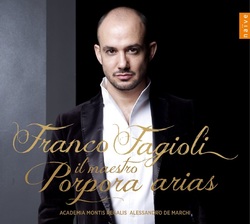 Franco Fagioli, Porpora Arias Franco Fagioli, Porpora Arias Franco Fagioli, along with the Australian David Hansen, is one of a new generation of countertenor performers whose vocal range and technique allow them to take on the more daunting works of the famed Castrati, Farinelli and Caffarelli. Fagioli’s three octave range, his security and flexibility in the upper register, warmth in the mid-range, and unparalleled use of the modal voice in the lower range, make him the natural interpreter of the soprano and mezzo-soprano arias created by the master Baroque composers for the unearthly voices of the Castrati. Having successfully tackled a remarkable selection of arias penned for the star Castrato Caffarelli (Arias for Caffarelli), Fagioli’s latest album takes a look at the work of Porpora, composer and teacher, whose pupils included both Farinelli and Caffarelli. The album begins with the frenzied fireworks of “Se tu la reggi al volo” from Ezio. Describing the flight of an eagle, the aria’s melismatic phrases soar and plunge as Fagioli displays his outstanding flexibility and skill for coloratura singing. The obligatory “storm” aria on the album is the frenetic “Già si desta la tempest” from Didone abbandonata. Beginning with the combined force of a wind and a thunder machine, Fagioli and the Academia Montis Regalis, conducted by Alessandro de Marchi, set out on a firecracker of an aria, with coruscating pyrotechnics both from Fagioli, and from almost every section of the orchestra.
Fagioli’s three octave range is displayed at its apex in the spectacular “Nell'attendere il mio bene” from Polifemo, with a repeat of the remarkable D6 (modern pitch C#6) which so stunned the audience at Nancy in “Vo solcando un mar crudele” from Vinci’s Artaserse. While the nadir comes during the extended a cappella cadenza concluding the fiendish “Spesso di nubi cinto” from Carlo il Calvo, with Fagioli descending through his surprisingly well integrated modal range to C3 (B2 in modern pitch). Probably the most intense aria on the album is the sublime “Alto giove,” also from Polifemo. Fagioli weaves an hypnotic enchantment from the onset, using his excellent support during the long piano phrases to devastating effect. A delightful gem is the cantata “A voi ritorno campagne amene,” an ode to the freedom of the “delightful meadows,” marked by the profusion of haunting dissonances and suspensions between Countertenor and Violin. Fagioli suffuses the desperate lament from Meride e Selinunte, “Torbido intorno al core,” with tortured suffering, wringing every last drop of pathos from Porpora’s simple yet elegant phrases. The Academia Montis Regalis, led by the exceptional Alessandro de Marchi, were the perfect ensemble to accompany Fagioli in this exploration of the work of the Neapolitan composer and teacher. Crisp performances, tasteful and intelligent tempo choices, and intuitive interactions with Fagioli underpinned the extraordinary calibre of this album. This is a must-have for any Baroque music aficionado!
0 Comments
|
Archives
October 2014
Categories
All
|
MOST VIEWED POSTS
© James Edward Hughes 2013
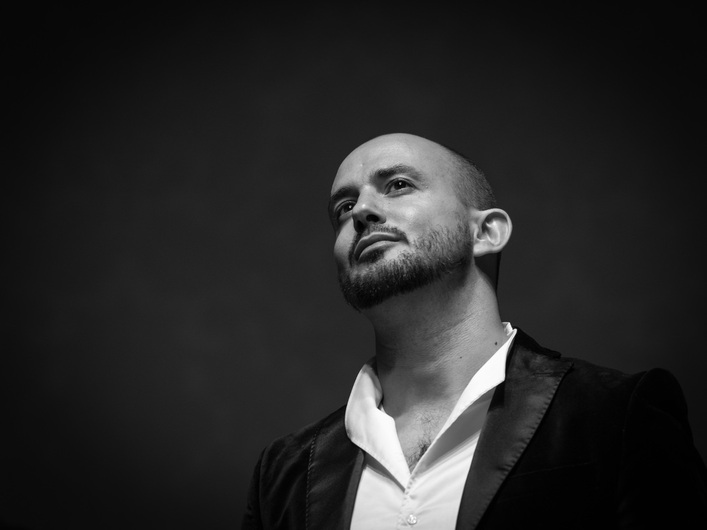
 RSS Feed
RSS Feed
